Discover the authentic flavors of Vietnam with our guide to 21 must-try Vietnamese dishes. From the bustling streets of Hanoi to the vibrant markets of Ho Chi Minh City, Vietnamese cuisine offers a dazzling array of tastes that reflect the country's diverse regions and culinary traditions. Whether you're savoring the rich, fragrant broth of Phở or the crisp, savory delight of Bánh Xèo, each dish tells a story of cultural heritage and local ingenuity. Dive into this culinary journey and explore how Vietnam's signature dishes can offer a feast not just for your taste buds but also for your soul. Join us as we unveil the secrets behind the true taste of Vietnam.
1. Introduction to Vietnamese Cuisine
Vietnamese cuisine offers an endless array of tastes and experiences that go beyond the food itself. It invites you to explore the rich tapestry of history, culture, and community that each dish represents. Whether it's the fresh, vibrant flavors of a green papaya salad or the warm, aromatic spices of a beef stew, Vietnamese cuisine promises a delicious journey through one of the world's most flavorful culinary landscapes.
As you venture into the world of Vietnamese cuisine, you'll not only satisfy your palate but also gain a deeper appreciation for the art and soul of Vietnamese cooking. Each dish tells a story, and each flavor invites you to be a part of it. So, take a seat, pick up your chopsticks, and prepare to be transported by the rich flavors of Vietnam.
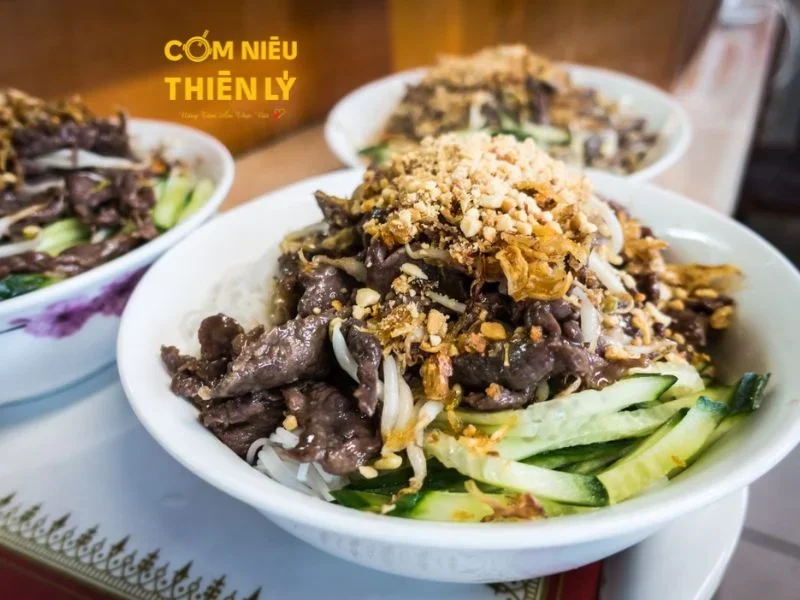
2. Popular Vietnamese Dishes
Vietnamese cuisine offers a complex blend of flavors, textures, and aromas that reflect its cultural richness and geographical diversity. Each dish serves as a window into Vietnam’s history, blending indigenous traditions with influences from French and Chinese culinary arts. Here, we explore some of the most popular dishes that you must try to fully experience the essence of Vietnamese food.
2.1 Com Nieu (Clay Pot Rice)
Com Nieu is a quintessential Vietnamese dish that captivates both the palate and the senses. Traditionally cooked and served in a clay pot, this meal epitomizes the harmony of simplicity and flavor that Vietnamese cuisine is renowned for.
The process of making Com Nieu involves cooking rice in a clay pot until it develops a crispy, golden bottom. This crispy rice, known as 'cơm cháy', is highly prized for its texture and taste. The pot imparts a unique, earthy flavor to the rice, distinguishing it from the typical steamed varieties.
Typically, Com Nieu is served with a variety of side dishes that may include marinated grilled meats, seafood, and a selection of fresh and pickled vegetables. Soy sauce or fish sauce, often mixed with a bit of chili and garlic, is drizzled over to enhance the flavors.
Eating Com Nieu is not just about nourishment; it's a ritual. You are encouraged to mix and match the sides, creating different flavor combinations with each bite. The act of breaking the crispy rice from the bottom of the pot adds a delightful textural contrast to the meal.
If you ever find yourself in Vietnam, seeking an authentic culinary experience, Com Nieu should definitely be on your list. Its rustic charm and bold flavors offer a direct route to understanding the local food culture. Enjoy it in the bustling streets of Hanoi or the vibrant markets of Ho Chi Minh City, and you'll taste a piece of Vietnamese heritage that continues to thrive in modern cuisine.
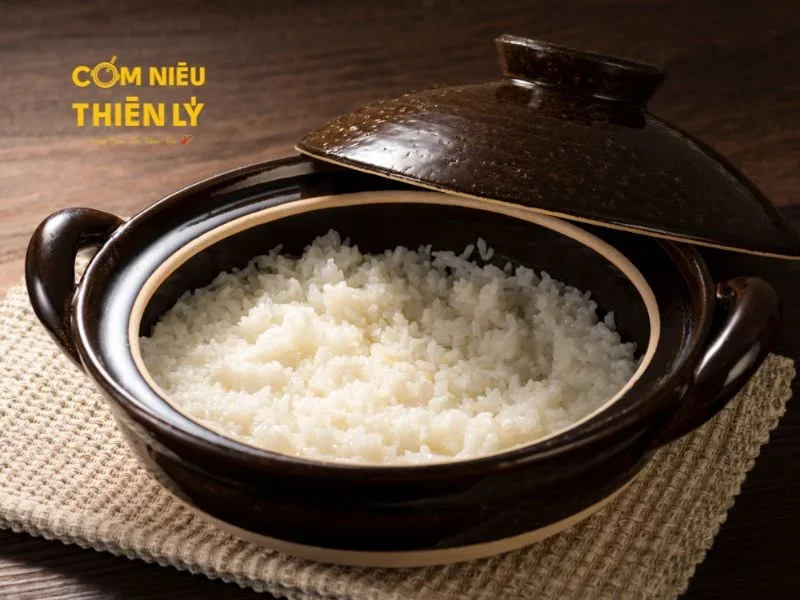
2.2 Pho
Pho, a staple of Vietnamese cuisine, embodies the essence of Vietnamese culinary tradition through its harmonious blend of aromatics, textures, and flavors. Originating in the northern regions of Vietnam in the early 20th century, this noodle soup has transcended its humble beginnings to become a beloved dish worldwide.
The base of Pho is its broth, traditionally made from beef bones simmered for several hours to extract deep flavors. Key spices such as star anise, cinnamon, cloves, and cardamom infuse the broth with a distinctive fragrance and taste, creating a complex flavor profile that is both comforting and invigorating.
Rice noodles, known as 'banh pho,' are the second critical element. These flat, thin noodles not only add texture but also serve as a vehicle for the broth, soaking up its rich flavors. The choice of toppings adds further dimension to the dish, with options including thinly sliced beef (either raw or cooked), meatballs, and sometimes chicken, known as 'pho ga.'
To personalize their experience, diners are presented with a plate of fresh herbs like basil and cilantro, along with lime wedges and green chilies. This allows each individual to adjust the taste according to their preference, adding elements of freshness, acidity, and heat.
Pho is more than just a meal; it is a sensory experience. As you lift a spoonful of the aromatic broth, inhale its fragrant spices, and take the first slurp of slippery noodles, you're not just eating a dish; you're partaking in a ritual that millions enjoy, from the bustling streets of Hanoi to the far corners of the globe. Whether enjoyed as a hearty breakfast or a comforting dinner, Pho continues to delight and satisfy with its exquisite balance and depth of flavor
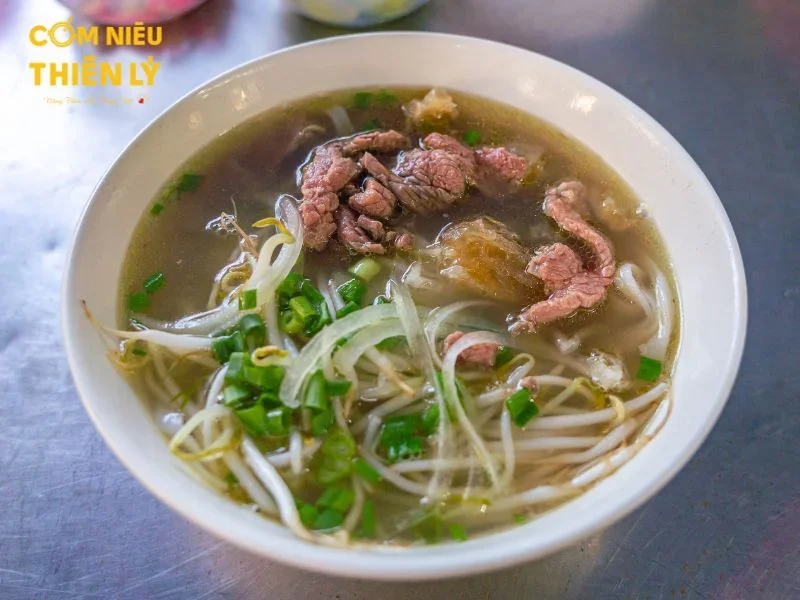
2.3 Bun Cha (Kebab Rice Noodles)
Bun Cha is a quintessential Northern Vietnamese dish typically enjoyed at lunch. The meal features small patties of seasoned pork and slices of pork belly grilled over charcoal. Served with a bowl of dipping sauce based on fish sauce and a plate of fresh herbs alongside white rice noodles, it offers a delightful interplay of textures and flavors. Hanoi's Old Quarter is famed for its Bun Cha, especially since its global recognition after President Obama was seen enjoying it with Anthony Bourdain.
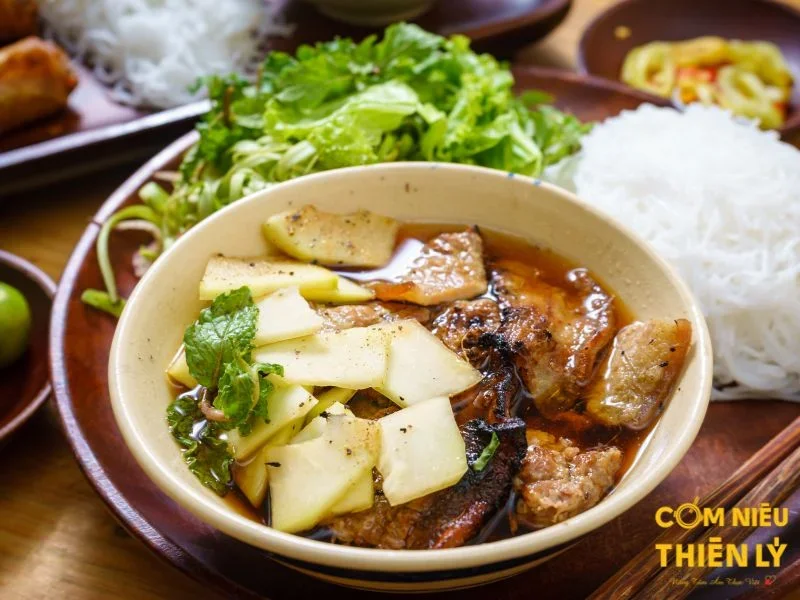
2.3 Cao Lau (Hoi An Special Noodles)
Cao Lau reflects the unique culinary history of Hoi An, a blend of Japanese, Chinese, and Vietnamese influences. Its thick, chewy noodles, reminiscent of Japanese udon, are made special by using water from the ancient Ba Le well. The dish includes slices of pork, fresh herbs, and is often topped with crispy pork cracklings, delivering a flavorful experience deeply rooted in Hoi An's trading past.
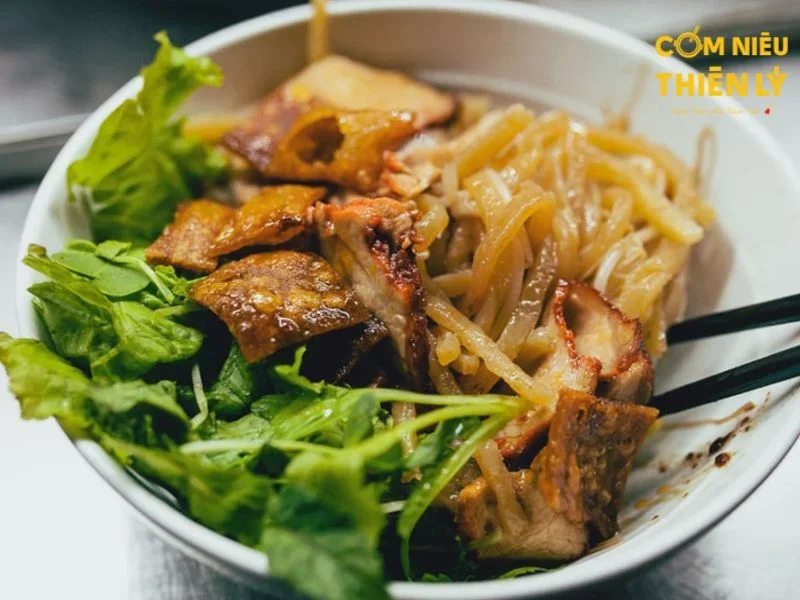
2.4 Bun Rieu (Crab Noodle Soup)
Bun Rieu is a vibrant crab noodle soup renowned for its tomato-based broth that embodies a perfect balance of sweetness and acidity. The soup includes fresh crab meat, tofu, and sometimes, fried tofu puff, enriched with a deep flavor from the crab shells used in the broth. It's a staple across Vietnam, with each region adding its twist to this beloved dish.
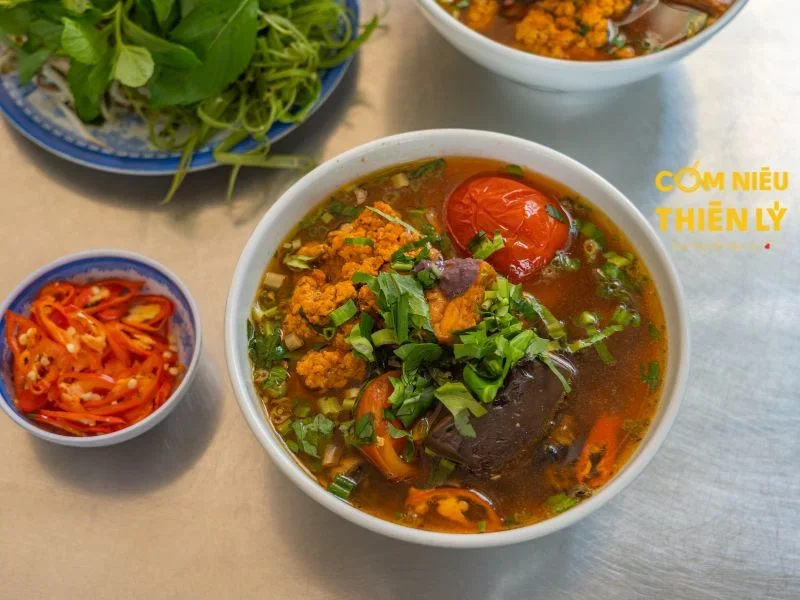
2.5 Mi Quang (Quang Nam Style Noodles)
Mi Quang is a signature dish from Quang Nam Province, known for its minimal broth and bold flavors. The yellow turmeric noodles carry a unique earthiness and are served with a variety of proteins like shrimp, chicken, or pork. The ensemble is typically garnished with peanuts, fresh herbs, and rice crackers, making it a hearty yet balanced meal.
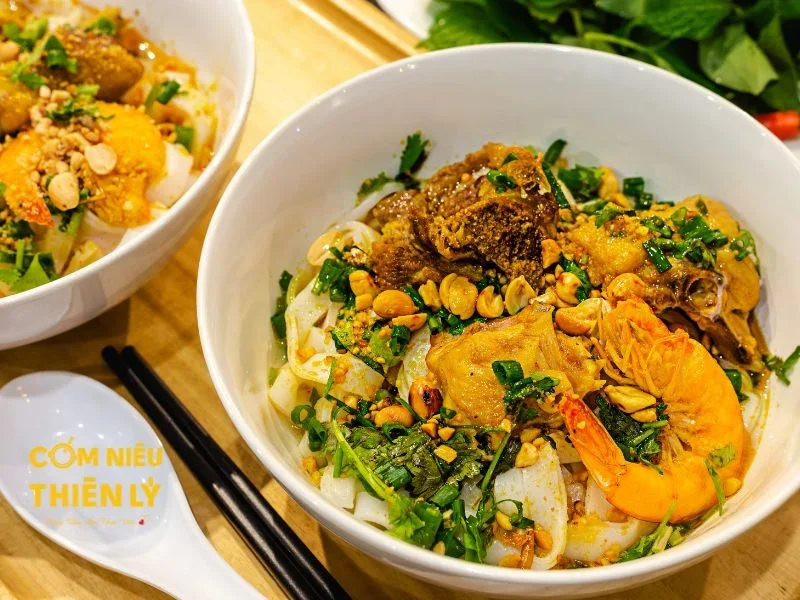
2.6 Com Tam (Broken Rice)
Com Tam, or broken rice, is a Southern Vietnamese staple originally eaten by the working class who repurposed the fractured rice grains. Today, it's a popular meal served with grilled pork, a fried egg, and various toppings such as pickled vegetables and scallion oil, representing a perfect example of Vietnamese resourcefulness and culinary ingenuity.
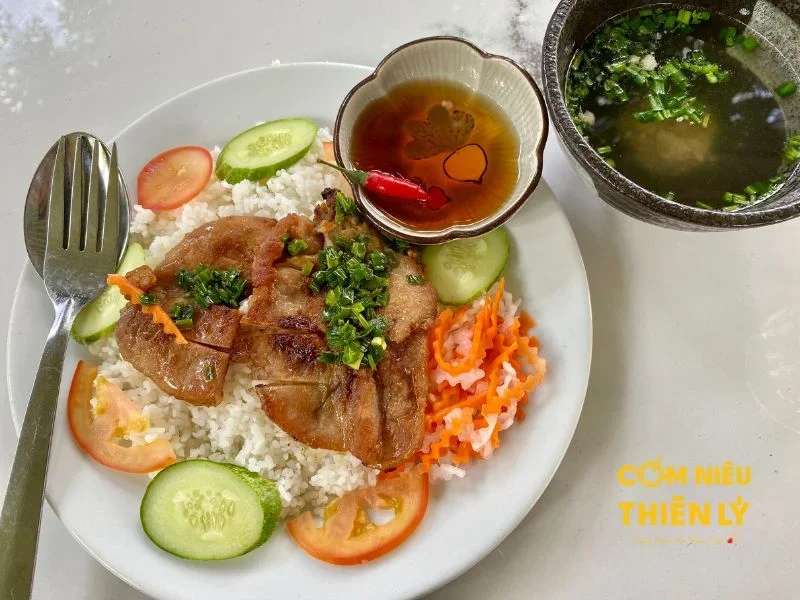
2.7 Com Ga Xoi Mo (Oil-basted Chicken Rice)
In Com Ga Xoi Mo, chicken is marinated and deep-fried until crispy, then served over rice that has absorbed the flavors of the chicken drippings. This dish from Hoi An is not only a testament to the simplicity and flavor of Vietnamese cooking but also a favorite for its crispy texture and rich taste.
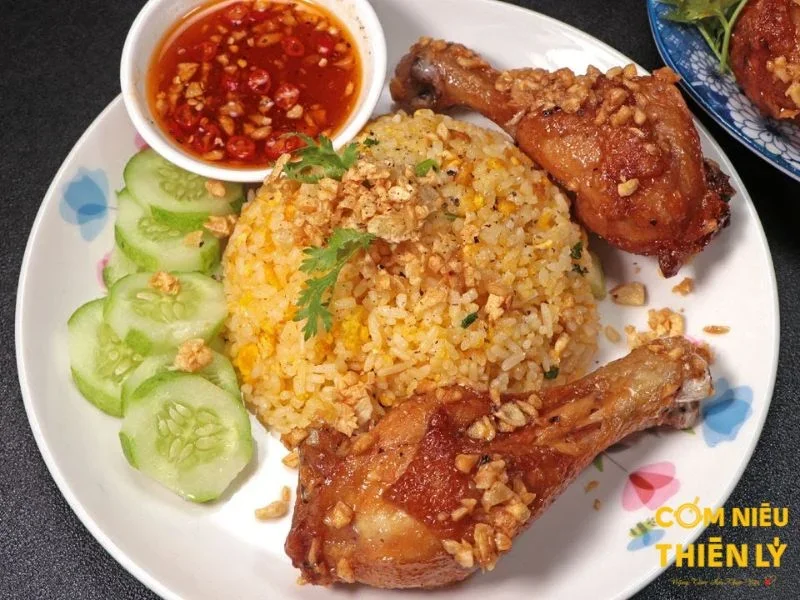
2.8 Banh Xeo (Vietnamese Crispy Crepe)
Banh Xeo is a crispy, savory pancake made from rice flour and coconut milk, filled with ingredients such as pork, shrimp, and bean sprouts. The name 'banh xeo' mimics the sizzling sound it makes when the batter hits the hot skillet. This dish is particularly popular in the South and is served with fresh lettuce and herbs for wrapping and dipping.
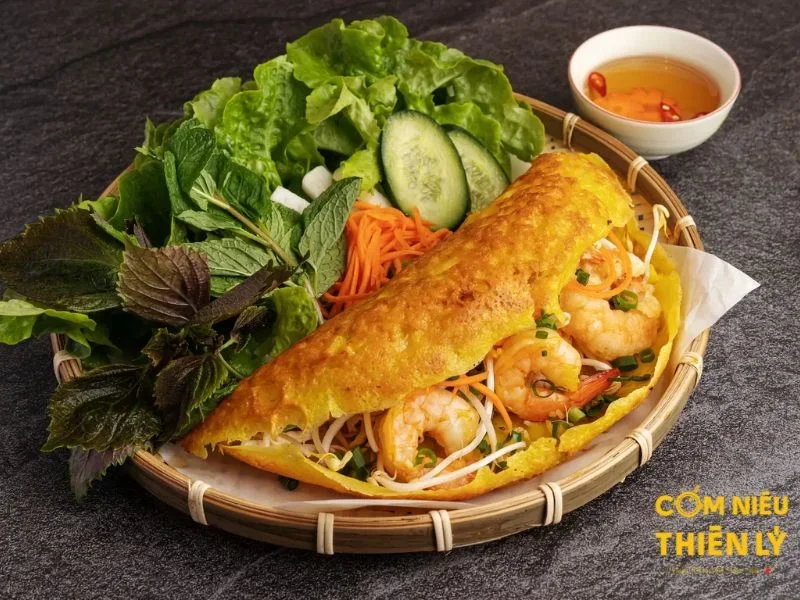
2.9 Banh Cuon (Steamed Rice Rolls)
Banh Cuon are steamed rice rolls filled with ground pork and wood-ear mushrooms. This Northern Vietnamese dish is best enjoyed fresh from the steamer, topped with crispy shallots and served with a side of fish sauce. The thin, delicate wrappers and savory filling make it a favorite breakfast in Vietnam.
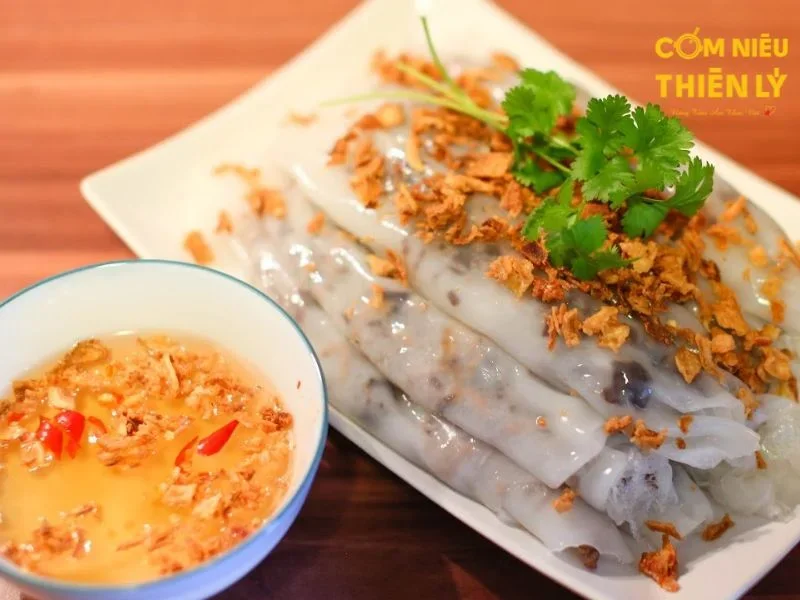
2.10 Banh Mi (Vietnamese Sandwich)
Banh Mi represents a fusion of French and Vietnamese cuisine, featuring a crusty baguette filled with a variety of ingredients like seasoned pork, pâté, pickled vegetables, and fresh herbs. Its global popularity lies in the perfect contrast between the bread's crisp exterior and the rich, flavorful fillings.
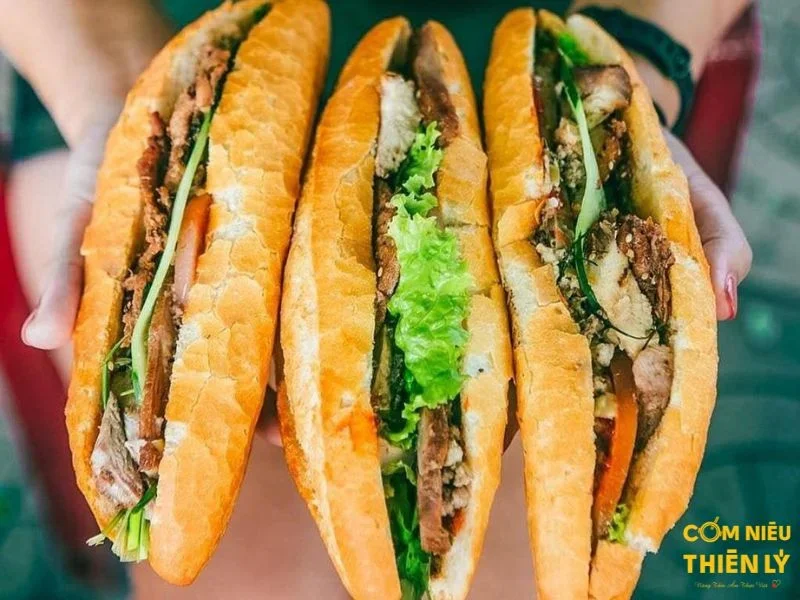
2.11 Banh Chung/Banh Tet (Traditional Vietnamese Rice Cakes)
Banh Chung and Banh Tet are traditional rice cakes, essential during the Lunar New Year in Vietnam. Banh Chung is square and symbolizes the Earth, while Banh Tet is cylindrical and represents the Moon. Both are made from glutinous rice, mung beans, and pork, all wrapped in banana leaves and cooked for hours.
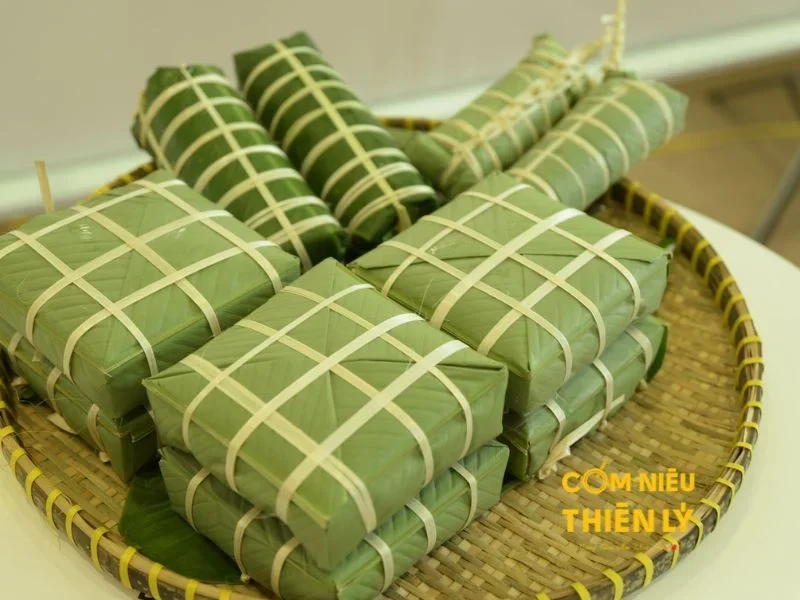
2.12 Banh Cam/Banh Ran (Vietnamese Sesame Balls)
Banh Cam and Banh Ran are crispy sesame balls filled with a sweet mung bean paste. Banh Cam is the Southern version, while Banh Ran is known in the North. They are deep-fried to achieve a golden, crispy exterior while remaining soft and chewy inside.

2.13 Canh (Vietnamese Soups)
Canh refers to a variety of Vietnamese soups that can be made with a wide range of ingredients, often including vegetables and meats in a light broth. These soups are a staple in Vietnamese meals, valued for their simplicity and the comfort they bring.
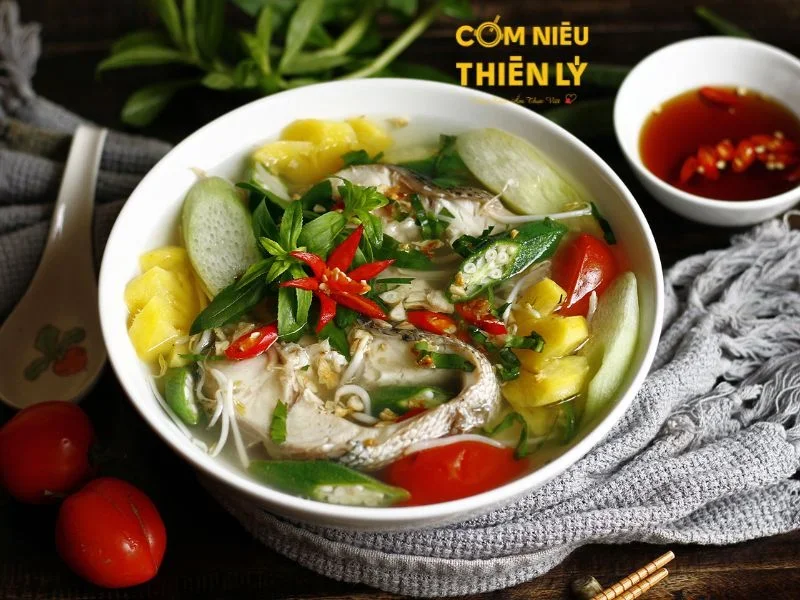
2.14 Bun Bo Hue (Hue-style Beef Noodle Soup)
Bun Bo Hue is a spicy and robust noodle soup from Hue, known for its lemongrass-flavored broth and the inclusion of both beef and pork. The deep flavors and the heat from the chili oil make it a memorable dish for those who love a bit of spice.
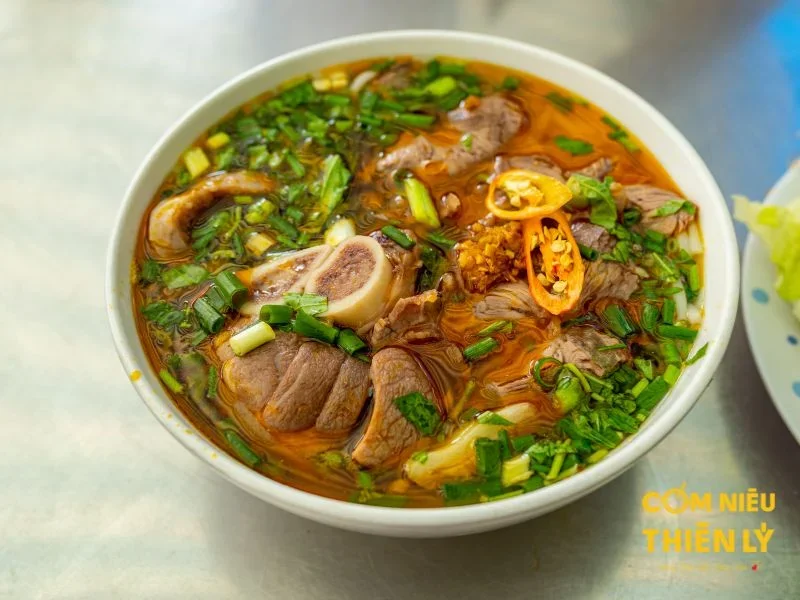
2.15 Lau (Vietnamese Hot Pot)
Lau, or Vietnamese hot pot, is a communal dining experience where diners cook a variety of ingredients like meats, vegetables, and noodles in a shared pot of broth. It's a social meal, perfect for family gatherings and cold nights.
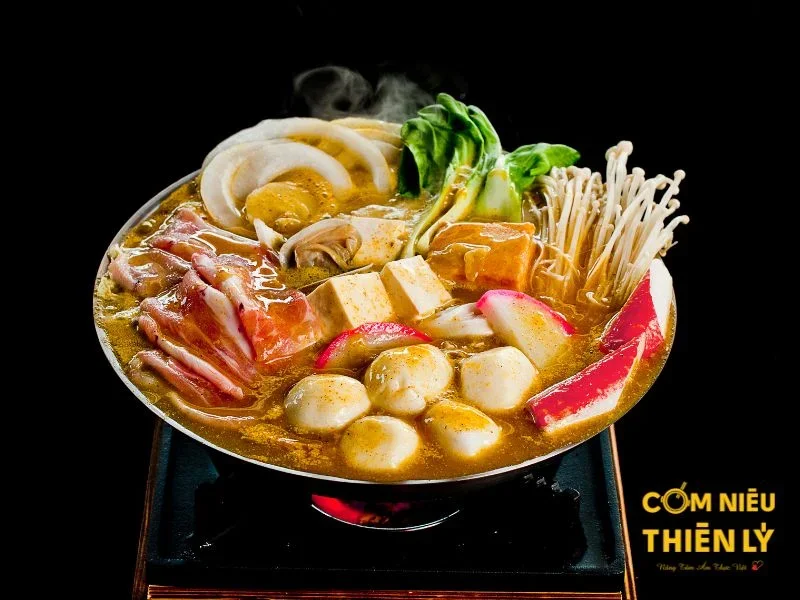
2.16 Ca Kho To (Caramelized Fish in Clay Pot)
Ca Kho To involves fish caramelized in a clay pot with a rich mixture of fish sauce, sugar, and garlic. This Southern Vietnamese dish is treasured for its intense flavors and the tenderness of the fish.
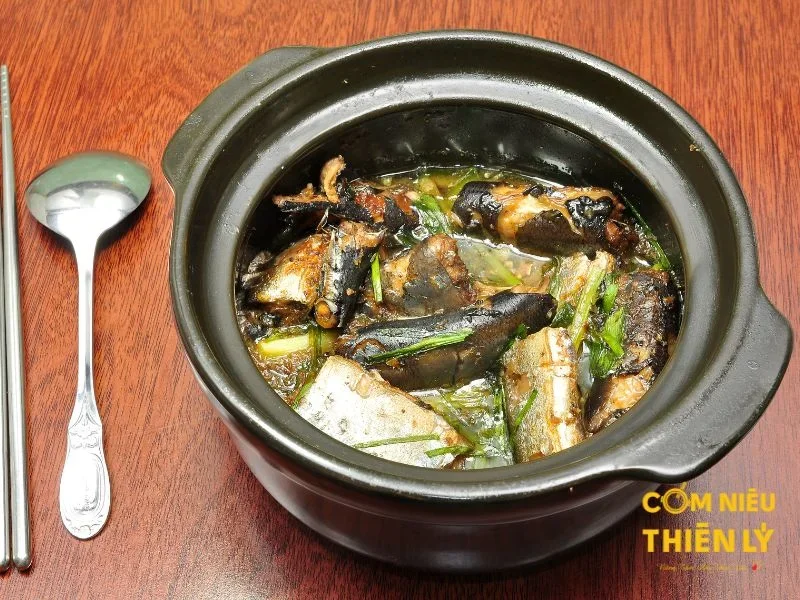
2.17 Goi Cuon (Vietnamese Fresh Spring Rolls)
Goi Cuon are fresh spring rolls packed with greens, coriander, minced pork, shrimp, and vermicelli. They are served chilled with a dipping sauce, usually a hoisin-based sauce or fish sauce, making them a refreshing appetizer.
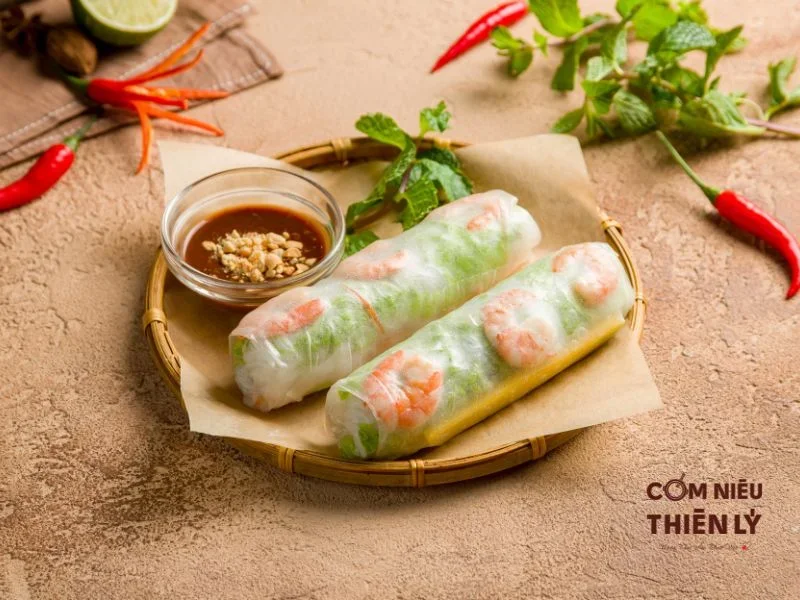
2.18 Goi (Vietnamese Salads)
Goi is a type of Vietnamese salad that can include a diverse mix of ingredients, often featuring shredded chicken, seafood, or beef, alongside fresh herbs, vegetables, and a tangy dressing, showcasing the balance and freshness of Vietnamese cuisine.
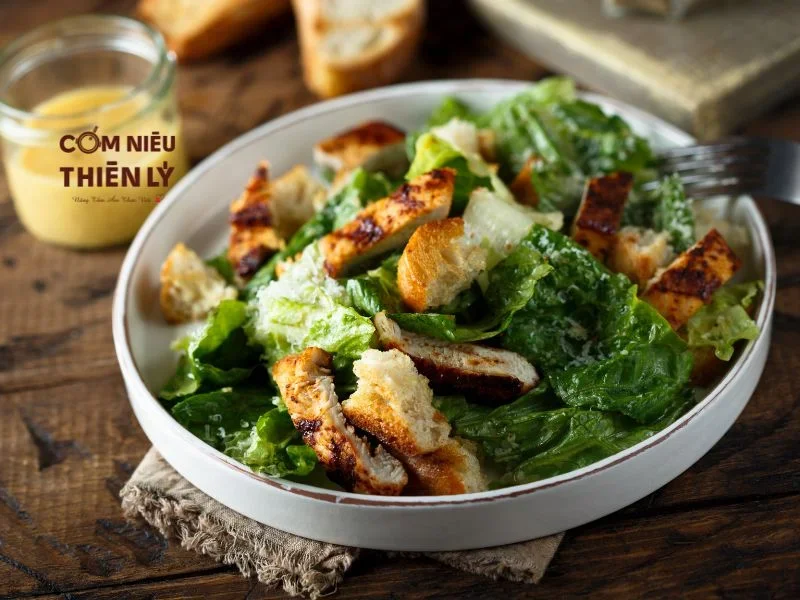
2.19 Rau Muong (Water Spinach)
Rau Muong, or water spinach, is frequently stir-fried with garlic and is one of the most popular vegetable dishes in Vietnam. Its popularity stems from its versatility and nutritional value, often enjoyed as a side dish with richer meals.
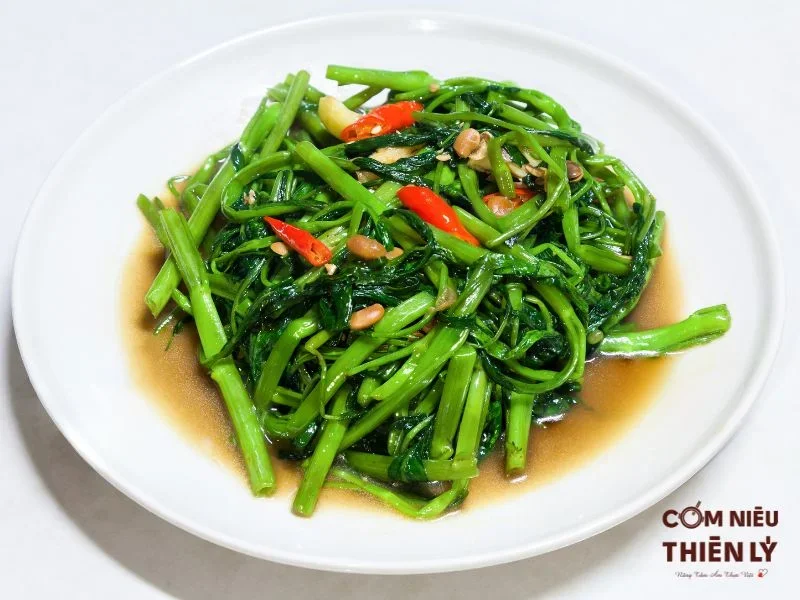
2.20 Che (Vietnamese Sweet Dessert Soup)
Che is a sweet dessert soup or pudding that comes in many variations, including ingredients like beans, tapioca, jellies, and fruit, often served either hot or cold. This dessert is beloved for its comforting sweetness and textural contrasts.
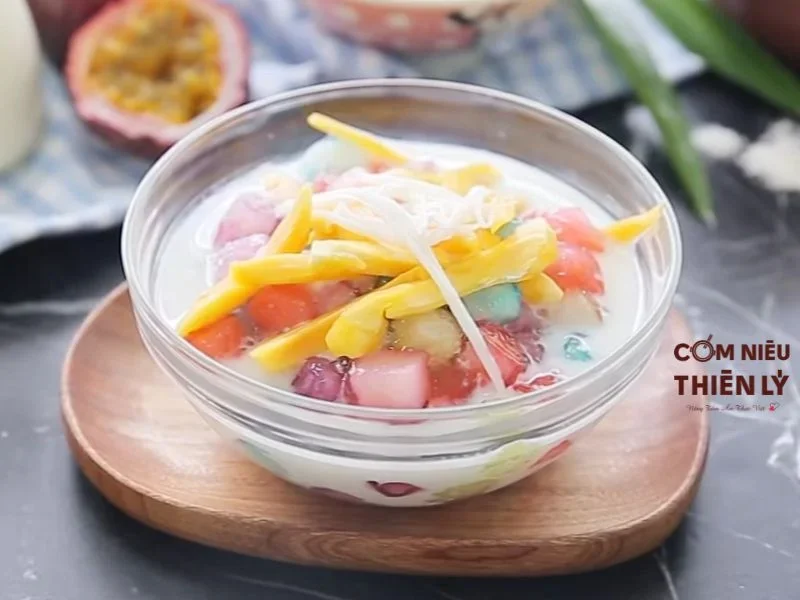
2.21 Hot Vit Lon (Balut)
Hot Vit Lon (balut) is a fertilized duck egg with a nearly developed embryo inside, which is boiled and eaten in its shell. It's a common street food in Vietnam and considered a delicacy, often seasoned simply with a pinch of salt, lemon, and pepper.
In conclusion, the 21 dishes detailed above offer a vivid palette of flavors and textures that encapsulate the essence of Vietnamese cuisine. From the savory complexity of Pho to the refreshing simplicity of Goi Cuon, each dish provides a unique insight into the country's rich culinary heritage. For those seeking an authentic taste of Vietnam, these foods are not merely meals but a journey through the history and culture of the land.
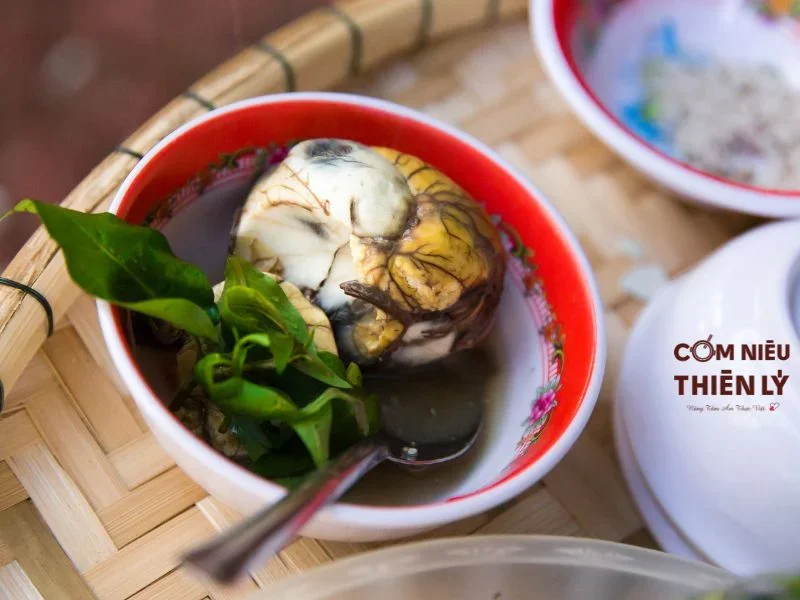
To truly immerse yourself in the vibrant world of Vietnamese cuisine, I highly recommend visiting Com Nieu Thien Ly. This renowned restaurant offers a curated experience of traditional Vietnamese dishes, prepared with meticulous care and served in an ambiance that echoes the charm of Vietnam. Whether you are a first-timer eager to explore new tastes or a seasoned foodie looking to deepen your appreciation, Cơm Niêu Thiên Lý promises a memorable culinary adventure. Don't miss out on this chance to savor the true taste of Vietnam, where every bite tells a story.







